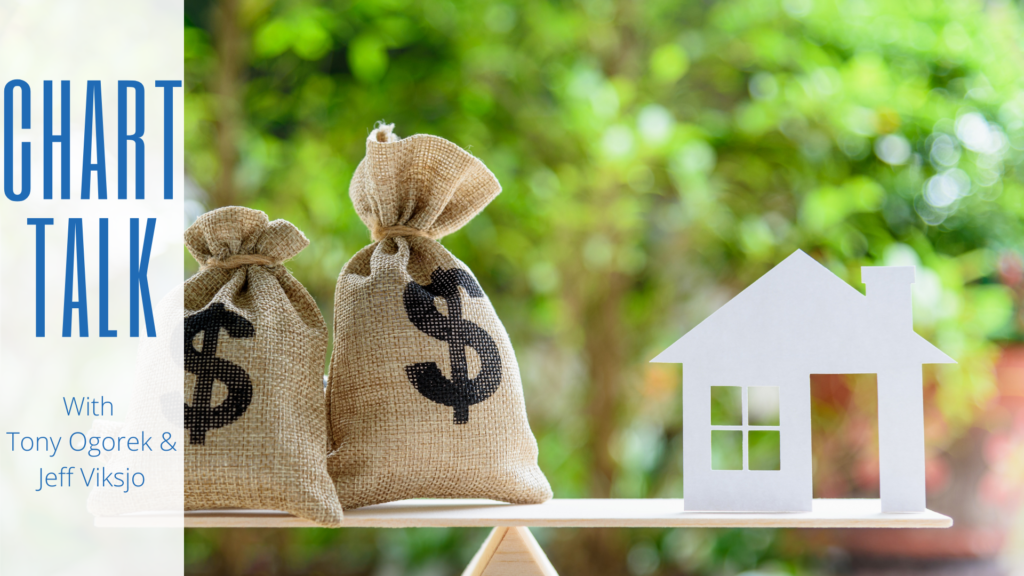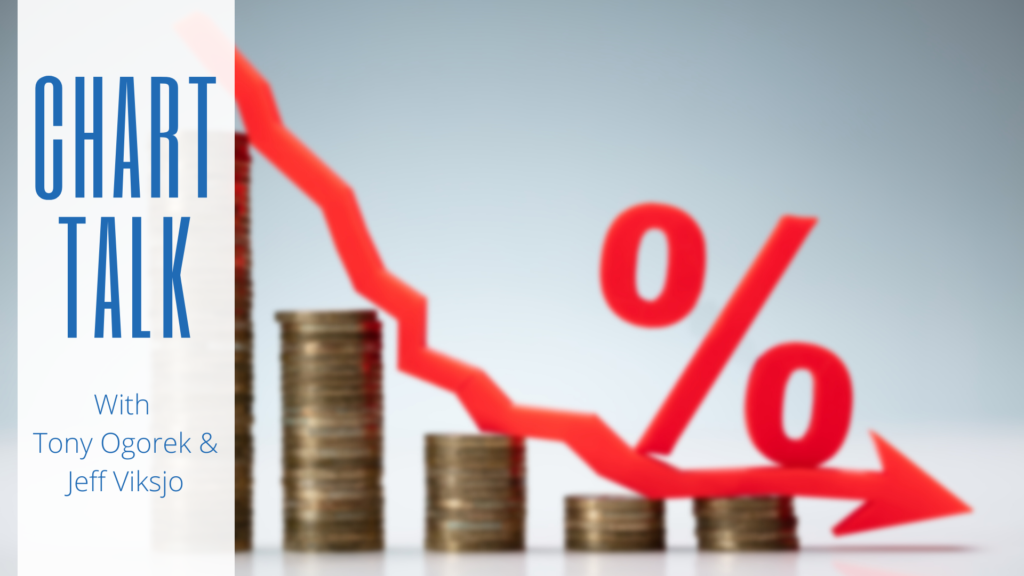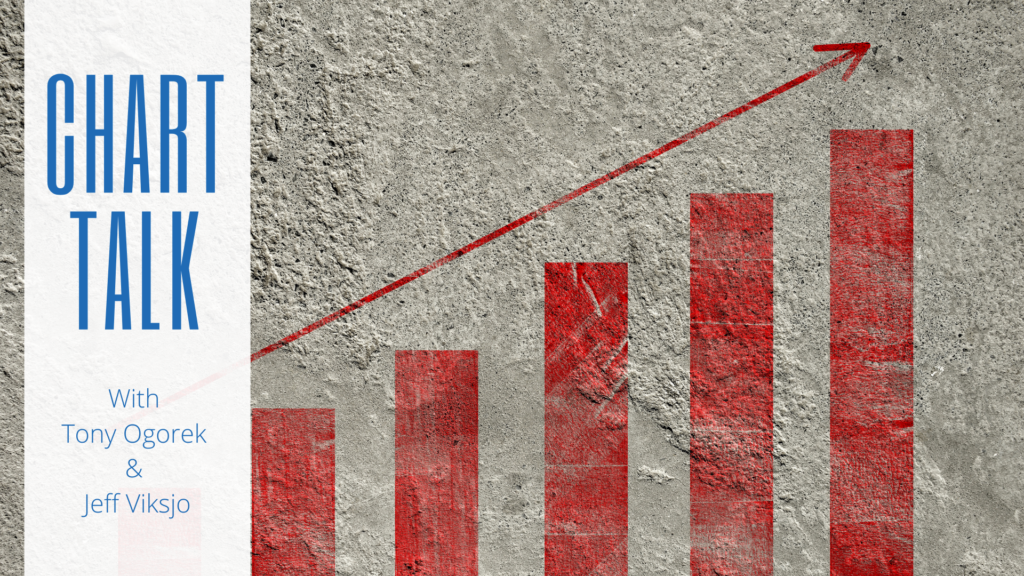Why Housing Prices Are Likely To Remain High
Published on: 12/13/2022
In this edition of Chart Talk, Tony Ogorek and Jeff Viksjo discuss the supply and demand changes in the housing market and their hypothesis for the near future.
TRANSCRIPT
TONY:
Welcome to another edition of Chart Talk. I’m Tony Ogorek. I’m here with Portfolio Manager, Jeff Viksjo. And today, we’re going to be talking about the price of housing and our hypothesis that prices are going to be staying elevated for an extended period of time. So, we got three charts, Jeff. Let’s take a look at the first chart and this really looks at where people are spending their money right now.
JEFF:
Yea, this chart just shows that about a third of Americans, their income is spent on housing. That makes sense. It’s a necessity. That’s never going to change. What we’re going to show you is that housing affordability is way down. So, the price of housing is going to go up and it’s going to start to crowd out those other categories, I think.
TONY:
Yea and we’ve got, really, basic supply-demand dynamics. Which are really rather shocking when you look at this next chart. So, let’s take a look at this. You look at where the number of houses for sale were just a decade, or two, ago. You look at where they are today. And wow there’s just a massive gap there. Although the population has gone up very significantly over that period time.
JEFF:
Why are housing prices so high? Because there’s so few homes for sale. So, there’s about 1.1 million homes for sale across the U.S. This is lower than 1982. And the population has grown 40% since then. So, the number of houses for sale, Tony, has never been lower.
TONY:
Yea, and you know Jeff. People get born, they have a life cycle, and you know that doesn’t change. They are here. Their need for housing is not going to change, and the volume, the inventory, just isn’t there.
But there’s another factor, which we can flip over to the next page, with the pandemic, the Fed dropped interest rates down to zero, and mortgage rates went to the 2-3%. A massive wave of refinancing happened. And now you’ve got people with very, very inexpensive mortgages. And take a look at this chart in terms of affordability over the past couple of years.
JEFF:
Yea, this looks at the average monthly payment on a new mortgage. So, if you bought a new home, today. If you have a mortgage that’s locked in for 30-year, obviously, your payments not going up. But Tony, we know that’s a big reason people aren’t moving either, because they are locked in at these lower rates. But this just shows you, these monthly payments, the red line is 2022. The (blue) line below that is 2021. So, it’s up about 50% over last year, the average payment, and it’s almost double 2020. It’s because both prices are up, Tony, but also mortgage rates are at a high.
TONY:
Right. So, Jeff, really, what we’re finding is that when you look at this chart, the fact that interest rates have gone up as much as they have and the carrying costs for a mortgage have gone up as much as it has. It’s going to exacerbate, you know, what we saw in the previous chart, which is the supply of homes coming on the market. People just aren’t going to want to do that when they see it’s gonna cost them twice as much to own a comparable home.
So, that’s our view on housing. We don’t expect prices to change a whole heck of a lot over the next year. Hopefully this has been of value to you.
So, thanks for joining us for this edition of Chart Talk. We look forward to seeing you at our next talk.
Similar Videos
Deprecated: preg_replace(): Passing null to parameter #3 ($subject) of type array|string is deprecated in /home/ogorek_dev_minerva/ogorek.minervawddev.com/wp-includes/kses.php on line 1805
PLEASE SEE IMPORTANT DISCLOSURE INFORMATION HERE.


